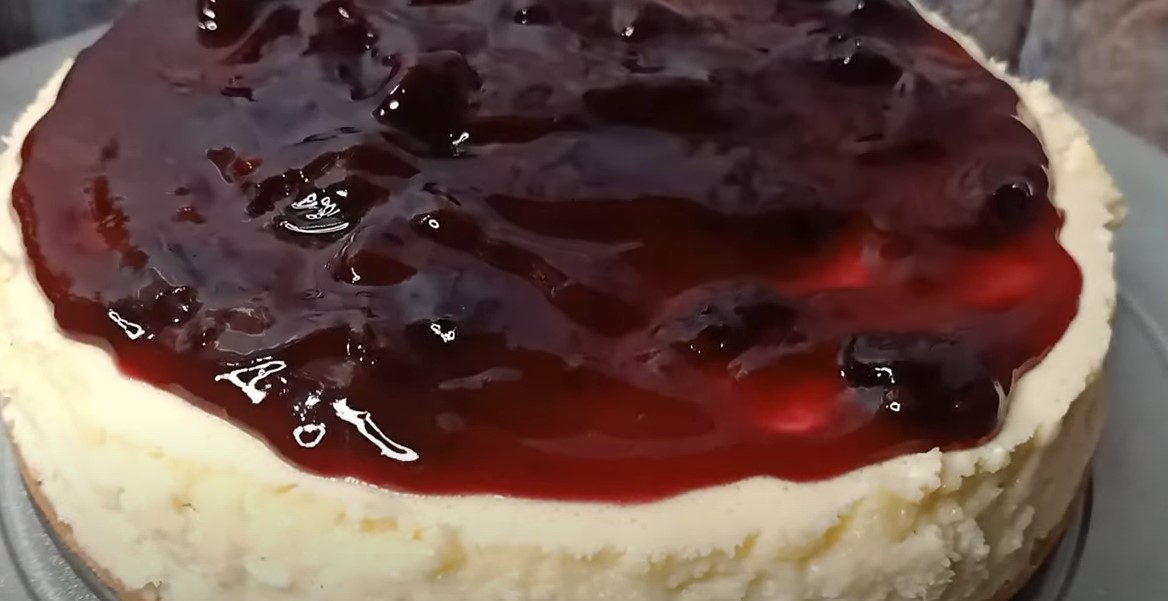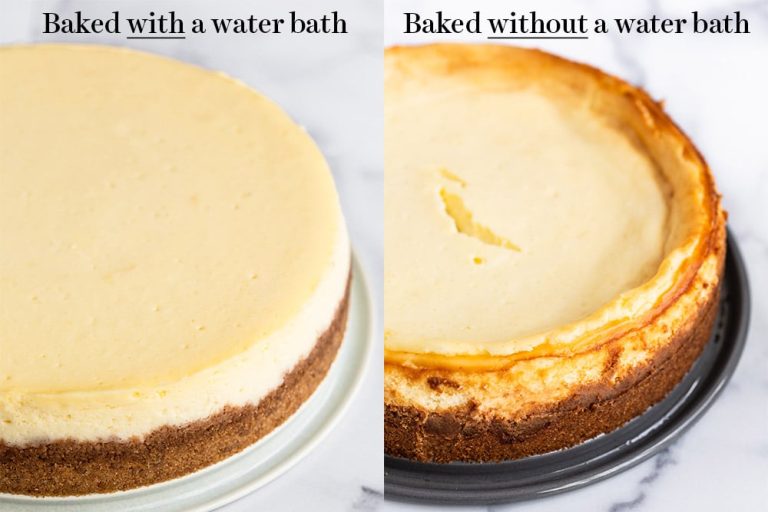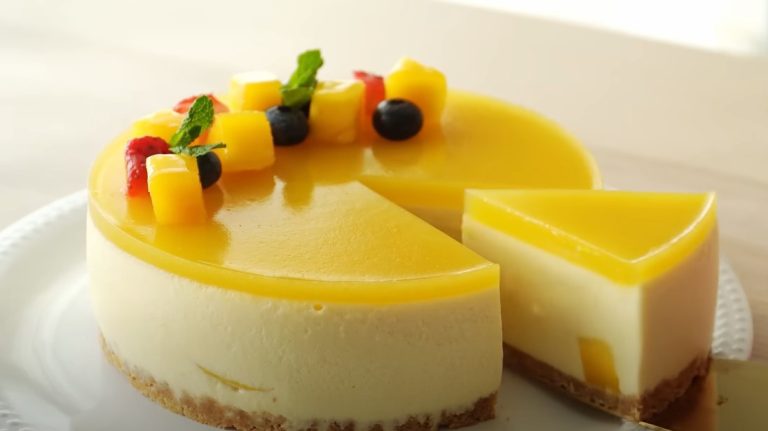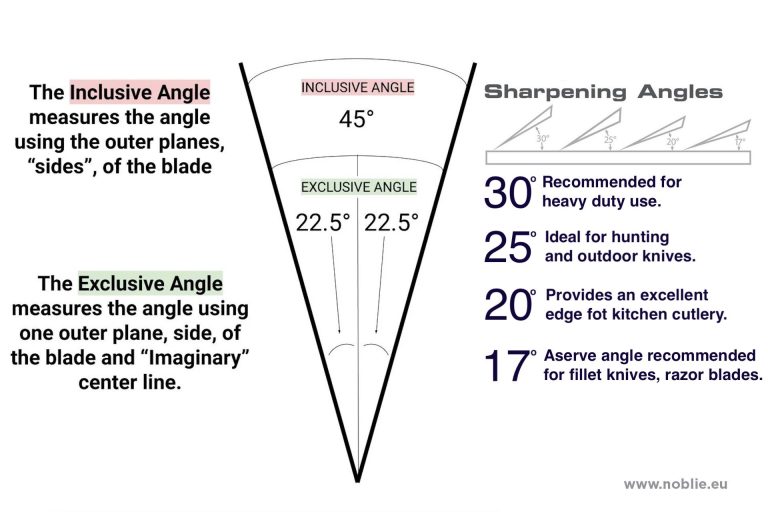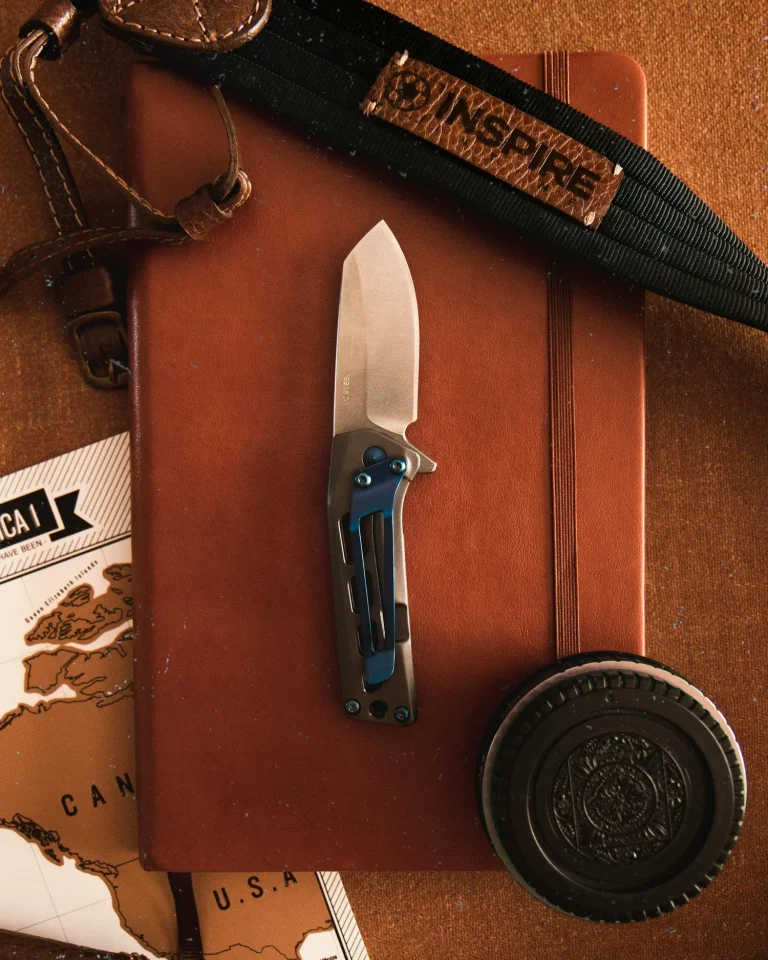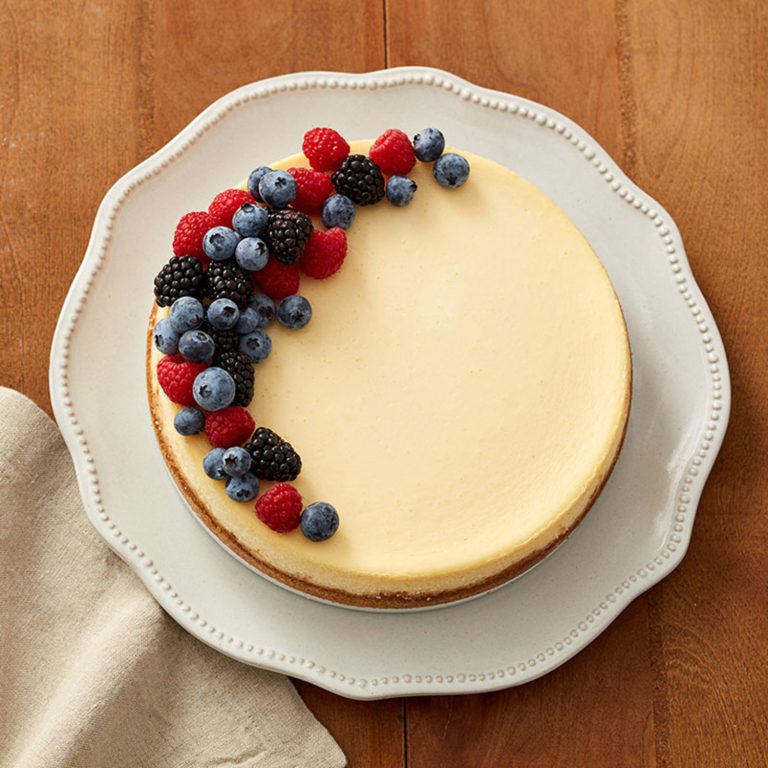What Is Cheesecake Made Out Of? A Detail Answer
What is cheesecake made out of? Cheesecake is made from cream cheese, sugar, eggs, and a crust of crushed cookies or graham crackers. This creamy dessert often incorporates additional ingredients such as sour cream, butter, or flavorings to enhance texture and taste.
Originating from ancient Greece and evolving through European traditions, modern cheesecake combines smooth dairy ingredients with a sweet, crumbly base. Bakers worldwide experiment with flavor additions like fruit, chocolate, or spices. The balance of tangy cheese filling, sweetener, and crunchy crust makes cheesecake a beloved dessert globally.
Understanding cheesecake’s core components helps with texture and taste. Precise ratios of cream cheese, eggs, and sugar determine richness and firmness. Temperature control during baking ensures smoothness. Whether classic New York-style, no-bake, or flavored variations, cheesecake’s basic formula allows endless creativity while maintaining a luscious, satisfying experience.
What Is Cheesecake Made Out Of?
Core Ingredients
- Cream Cheese
The fundamental dairy base, cream cheese provides cheesecake’s signature creamy texture. At least 8–12 ounces of full-fat cream cheese ensure richness. Low-fat alternatives yield a lighter, slightly tangier result. It’s important to use room-temperature cream cheese for smooth blending. - Sugar
Granulated white sugar sweetens the creamy filling. Typical amounts vary from ¾ to 1½ cups per 2 pounds of cream cheese. Adjust to taste or dietary needs, but excessive sugar can alter texture. - Eggs
Eggs bind the filling and contribute to texture. A classic cheesecake recipe uses 3–4 large eggs. Each contributes protein for structure and fat for richness. Overbeating eggs can introduce excess air, causing cracks during baking. - Crust
- Graham cracker crust is most common: crushed crackers, melted butter, and sugar pressed into the pan.
- Cookie crusts (Oreo, digestive biscuits) offer variation by substituting with different cookies.
- Nut crusts, like almond or pecan, may also be used for added flavor and texture.
- Flavorings and Mix-ins
- Vanilla extract is standard, enhancing overall flavor.
- Sour cream or heavy cream boosts creaminess and adds slight tang.
- Lemon zest or juice adds brightness and cuts sweetness.
- Chocolate, fruit purées, swirls, or spices can be folded into the batter or layered for flavor variation.
- Optional Toppings
- Fruit compotes (berry, cherry), sauces (chocolate ganache, caramel), whipped cream, fresh fruit, nuts, or crunchy streusel elevate the presentation and taste.
Detailed Preparation and Technique
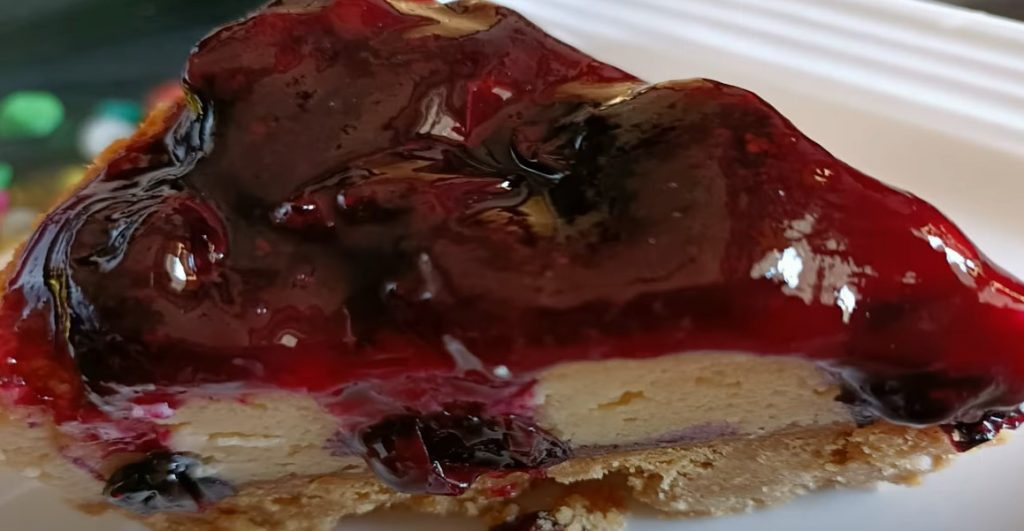
Choosing the Right Cream Cheese
For authentic texture and flavor, opt for full-fat, block-style cream cheese (not spreadable tub variety). Brands like Philadelphia are preferred. Allow it to warm to room temperature to avoid lumps and ensure even mixing.
Mixing and Blending
Cream cream cheese and sugar first until smooth and aerated, then incorporate eggs one at a time, scraping the bowl. Overmixing introduces air; mix until just incorporated. Final additions—vanilla, sour cream, zest, or purée—should be gently folded in.
Crust Preparation
Crush cookies or crackers finely using a food processor or bag and rolling pin. Mix with melted butter and sugar, press firmly into a springform pan (9” diameter). Pre-baking (“blind bake”) the crust for 8–10 minutes at 325°F sets and prevents sogginess. Allow to cool slightly before adding the filling.
Baking Methods
- Water Bath (Bain‑Marie):
Wrapping the springform pan in foil and placing it in a larger pan filled with hot water maintains even heat and humidity, minimizing cracks. - No Water Bath:
Common in Japanese or no-bake cheesecakes, baked at lower temperatures (300–325°F) for shorter durations or chilled until set without baking.
Baking Temperature and Time
A typical New York–style cheesecake bakes at 325°F for 55–70 minutes. The center may appear slightly jiggly—it will finish setting while cooling.
Cooling and Cracking Prevention
Turn off the oven and prop the door open with a wooden spoon for gradual cooling. This prevents sudden temperature shifts that cause cracking. Once cooled, chill in the refrigerator (4–6 hours or ideally overnight) to firm up the texture.
Serving
Before serving, run a warm knife around the pan edge to loosen. Remove the springform and slice with a sharp, warm knife for clean pieces. Add toppings as desired.
Variations
No-Bake Cheesecake
This version thickens in the fridge rather than baking. Cream cheese, whipped cream or Cool Whip, gelatin (or whipped cream cheese), and sugar combine—ideal for summer and lighter options.
New York‑Style Cheesecake
Contains heavy cream or sour cream, uses a water bath, and bakes at a lower temperature. Rich, dense, and creamy with a silky finish.
Japanese “Cotton” Cheesecake
A light, souffle-like variant made by folding beaten egg whites into batter. Soft, airy texture reminiscent of sponge cake.
Vegan Cheesecake
Uses plant-based substitutes: soaked cashews or tofu for creaminess, coconut oil or vegan butter, agar agar or maple syrup instead of gelatin.
FAQs
1. What gives cheesecake its smooth, creamy texture?
The combination of full-fat cream cheese, sugar, eggs, and sometimes sour cream/heavy cream creates a rich, velvety texture. Proper mixing (avoiding over-aeration) and gentle baking/cooling ensure smoothness.
2. Can I use low-fat or non‑fat cream cheese?
Yes—but expect a lighter, slightly tangier dessert. Lower-fat cheeses contain more moisture and less fat, affecting texture and firmness. Adjust sugar and chilling time accordingly for best results.
3. Why does cheesecake crack on top and how can I prevent it?
Cracks often stem from overmixing, baking at too high a temperature, or rapid cooling. Use gentle mixing, bake at lower temperatures, employ a water bath, and cool gradually (oven door propped open) to prevent cracking.
4. Is it necessary to chill cheesecake before serving?
Absolutely. Chilling (4–6 hours or overnight) helps it set fully at room temperature, enhances flavor, and makes slicing easier with clean edges.
5. Can I freeze cheesecake?
Yes! Wrap it well in plastic and foil. Thaw it overnight in the refrigerator. Texture remains creamy, though softer than freshly made.
Conclusion
Cheesecake’s irresistible allure lies in its velvety cream cheese base, balanced sweetness, and satisfying crust. Whether you prefer the richness of New York style, the lightness of Japanese souffle, or a no-bake treat, mastering key ingredients—cream cheese, sugar, eggs, crust, and gentle baking—allows endless creativity while preserving that signature texture. With proper technique—temperature control, gradual cooling, and chilling—you can achieve a flawless dessert every time. Elegant and versatile, cheesecake offers a canvas for countless flavors, satisfying any celebratory or everyday sweet craving.
Related Recipes

